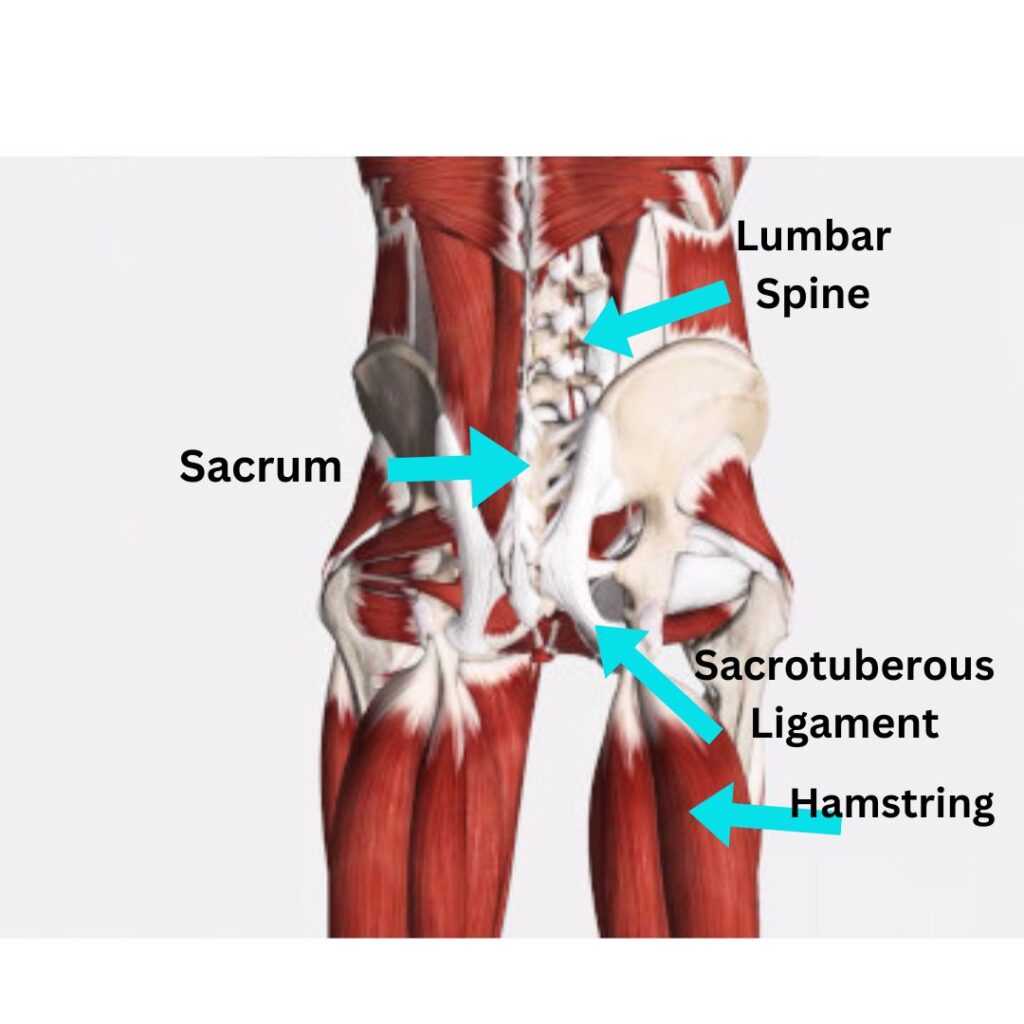Many women have vaginal dryness with menopause, when they are breastfeeding, or with long term…

It is all connected, Part 2: The Superficial Back Line and pain in the back body.
Many people experience pain in the SI (sacroiliac) joint and low back. Often when you look into these patient’s history, they will also have had Achilles tendonitis, plantar fasciitis, or buttock pain. When examined completely, these should be a clue to dig in to the fascial connections from the foot to the pelvis and low back. This fascial plane is called the Superficial Back Line.

The Superficial Back Line is a fascial plane that runs from our plantar fascia (on the bottom of our feet) all the way up the back of our body over the head to our eyebrows! As pelvic floor physical therapists, we know that it is important to look at our patients beyond their pelvic or low back complaints. There is such a strong connection from the feet to the pelvis and down from the head to the pelvis.
The superficial back line helps primarily with posture by helping to prevent excessive flexion through the spine and excessive hyperextension through the knees. Tightness in this fascial plane is seen with:
- Decreased ankle dorsiflexion
- Tight hamstrings
- Forward pelvic shift
- Sacral flexion or increased lumbar extension
- Poor coordination of the cervical spine and eyes with movement
The superficial back line also contains slow twitch muscle fibers. These types of muscle fibers are important for endurance activities. This indicates to us that Superficial Back Line plays an important role in posture. The plantar fascia, Achilles tendon, hamstrings, sacrotuberous ligament, thoracolumbar fascia, and erector spinae muscles are all part of the superficial back line. Tightness in any of these muscles or ligaments affects the muscles and ligaments above and below.
Imagine that you strained your hamstring. With that tightness in that fascial plane, it can pull on the sacrotuberous ligament. This ligament attaches directly to your sacrum and if it is tight, it can pull your sacrum into a flexed position. Since your lumbar spine is directly connected your sacrum, it is now forced into an extended position. You can take that all the way up to your head and neck. Meaning that a strained hamstring can contribute to your neck pain. This is a perfect example of why as pelvic floor therapists we must do a thorough history. Often, we may find that the driver of your pain isn’t your sacrum after all. Maybe it’s your Achilles tendon or a hamstring strain.

If you are struggling with pain in the SI Joint or Low back, you want to make sure your therapist is looking beyond that area of your body. A Physical Therapist should examine the complete person from head to toe to find the cause of dysfunction. Don’t be surprised if your pelvic floor PT has you roll out the bottom of your feet to treat your low back or SI joint pain!




